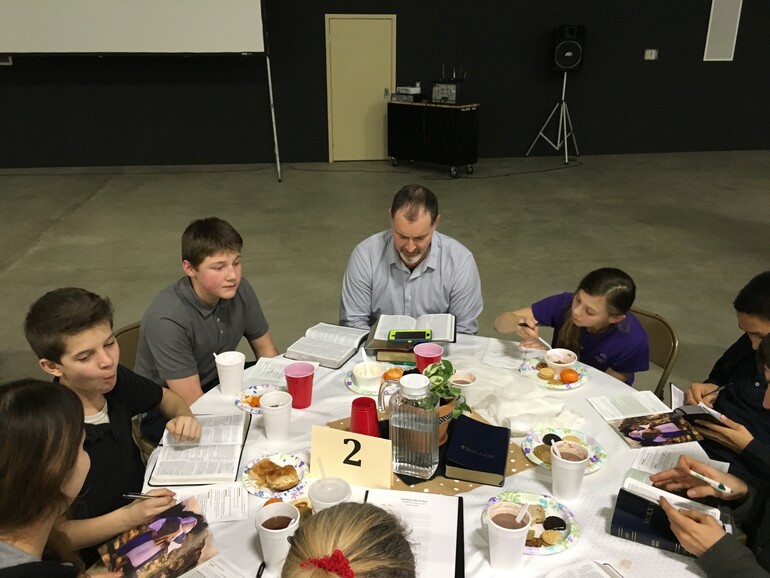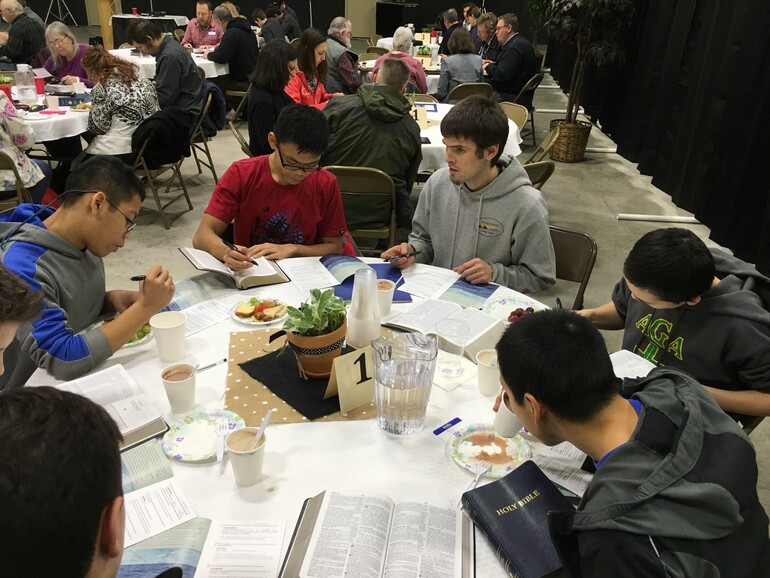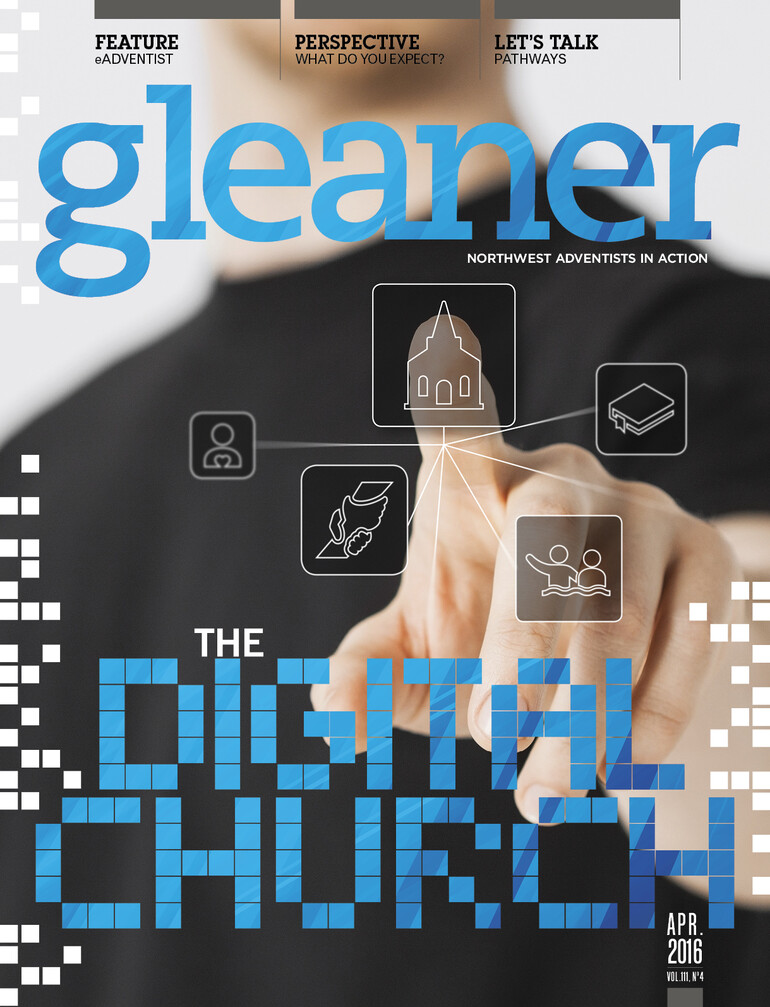The evangelism coordinator of the Alaska Conference has taken a serious look at an appeal written in 1886 from Basel, Switzerland, by Ellen G. White: “Ministers should not do the work which belongs to the church, thus wearying themselves, and preventing others from performing their duty. They should teach the members how to labor in the church and in the community.”
Innovative evangelism is presented all through the New Testament. Paul used different techniques to reach people for the gospel of Jesus Christ. In Athens, he used philosophy. It was innovative, but it did not yield a harvest. He was able to get their attention as he matched intellect with intellect, but it did not change their views or compel them to follow Jesus. Paul began forming relationships and preaching Christ crucified, and he was able to set up and establish many churches.
Public evangelism has been successful since the days of Paul and will be until the Second Coming of Jesus Christ. The challenge that churches face is the retention rate — keeping those who have been convicted and baptized into the Adventist Church. It has been stated many times that unless a new member makes friends in the local church, he will not stay no matter how much truth he has learned. Unless discipleship becomes a priority, retention rates will remain low.
Roundtable evangelism may be the answer to this problem. This format is not new to the business and professional world. Men and women have paid thousands of dollars in training programs using this format. Converting it over to teaching about Jesus and a study of the Great Controversy between Christ and Satan has proven to be successful. The executive secretary of the Alaska Conference was asked to hold a series of evangelistic meetings at the Palmer Church using the roundtable format. Here’s how it went after a year in preparation:
When all the preparatory work was done and the doors were open for the first meeting, the guest were ushered and seated at round tables. These tables were staffed with a table leader and his or her assistant along with a table coordinator. The benefit of this was to establish friendships early in the meeting. This allowed more church members to be involved with discipleship and created better grounding and retention of new members.
The material they studied as a group was the It Is Written Bible study guides, which allowed the speaker to focus on a few texts rather than many texts. The truth, being mixed with love, friendship and fellowship, lets everyone experience community. From the moment guests walked into the hall, there was food served with hot drinks, which they took back to their tables. The table leaders introduced how everything was going to work and took down their contact information.
The pastor began with announcements and introduced the topic of the night. Once that was out of the way, he gave the tables 15 minutes to work on a study guide that is related to the presentation. The evangelist then spoke for 25 minutes and gave the tables another 15 minutes to finish up their study guides. What was not finished was sent home with them to finish on their own time.
This method helps the leaders and church members to become friends with new people. When a visitor did not show up, the table leader went to his or her home, gave the lessons missed and invited the person back to the meetings. There was a lot of rejoicing when couples came back because of members reaching out to them.
What made the meetings successful was more than those who requested baptism and profession of faith. It was watching church members excited about winning souls and being involved in outreach. Some members even said they needed these meetings for themselves. The morale was high, and the Palmer Church family will be working with interests generated from the meetings for a while.













